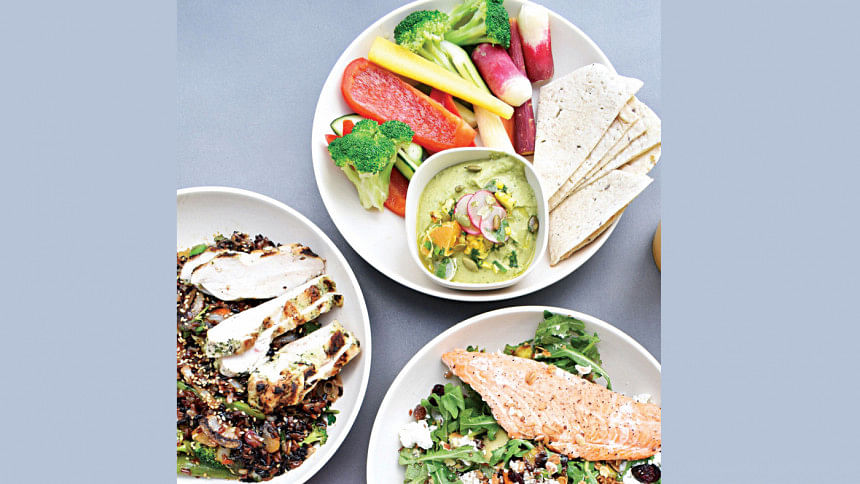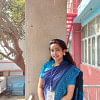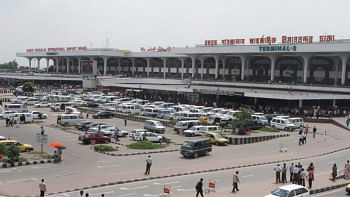The DASH diet: A blueprint for healthier living in Bangladesh

In recent years, Bangladesh has seen an alarming rise in lifestyle-related diseases, particularly hypertension and cardiovascular issues. The prevalence of these conditions can be attributed to rapid urbanisation, increasing intake of processed foods, and sedentary lifestyles, especially in cities.
The DASH diet was developed in the 1990s by researchers funded by the U.S. National Institutes of Health to combat high blood pressure. Its main objectives are to reduce sodium intake and increase the consumption of fruits, vegetables, and whole grains.
Adapting the DASH diet to Bangladeshi culture: While the core principles of the DASH diet—low sodium, high potassium, and a focus on fruits and vegetables—are universal, they must be adapted to local food habits. Bangladesh is rich in agricultural produce, with rice, lentils, fish, and vegetables forming the base of most meals. By slightly modifying these traditional meals, it is possible to follow a DASH-like dietary pattern without compromising on cultural food preferences.
Rice: The primary staple in Bangladesh is white rice, which lacks the fibre and nutrients found in whole grains. While it might be difficult to replace rice entirely, switching to brown rice or mixing white rice with whole grains like quinoa or buckwheat can be a healthier alternative. Brown rice is rich in fibre, magnesium, and potassium—all essential for managing hypertension. Additionally, smaller portions of rice can be balanced with a larger intake of vegetables and protein-rich foods.
Lentils (Dal): Lentils, a key protein source in Bangladesh, are naturally low in fat and sodium, making them an excellent choice for a DASH-friendly diet. By minimising the use of excessive salt and oil, lentils can be consumed in a healthier form. Incorporating a variety of dals, including red lentils (masoor dal) and mung beans, can diversify the diet and ensure a wider intake of nutrients.
Vegetables: Bangladesh's fertile land yields a variety of vegetables such as spinach, gourds, and okra. The DASH diet encourages the consumption of 4-5 servings of vegetables per day. By emphasising local, seasonal vegetables, individuals can follow DASH recommendations without additional cost. A shift toward steaming, boiling, or lightly stir-frying vegetables with minimal oil can help retain their nutrients.
Fruits: Fruits like bananas, papayas, and guavas are widely available and affordable in Bangladesh. These fruits are rich in potassium, which helps counteract the effects of sodium on blood pressure. The DASH diet recommends 4-5 servings of fruit daily, a target that can be easily met by adding fruits as snacks or dessert alternatives.
Fish: Bangladesh is known for its freshwater fish, including species like hilsa and rohu. Fish is an excellent source of lean protein and omega-3 fatty acids, beneficial for heart health. Grilled or baked fish, seasoned with herbs and spices rather than salt, can be a hearty alternative to fried fish preparations.
Sodium intake - A critical adjustment: One of the major challenges in Bangladesh is reducing sodium intake. A traditional Bangladeshi diet often includes high levels of salt, whether from pickles, salted fish, or added salt in cooking. The DASH diet recommends keeping sodium intake below 2,300 mg per day, or even 1,500 mg for those looking to lower their blood pressure further. To achieve this, avoiding processed and packaged foods and using herbs and spices as alternatives to salt can help.
A path forward for Bangladesh: In a country where traditional food habits run deep, the DASH diet provides a flexible approach to improving public health. By making small changes to dietary habits, individuals can reduce their risk of hypertension, cardiovascular disease, and diabetes. The DASH diet offers a blueprint for healthier living that is both achievable and sustainable in the Bangladeshi context.
The writer is a student in the Department of Food and Nutrition at the Government College of Applied Human Science.
Email: [email protected]

 For all latest news, follow The Daily Star's Google News channel.
For all latest news, follow The Daily Star's Google News channel. 



Comments